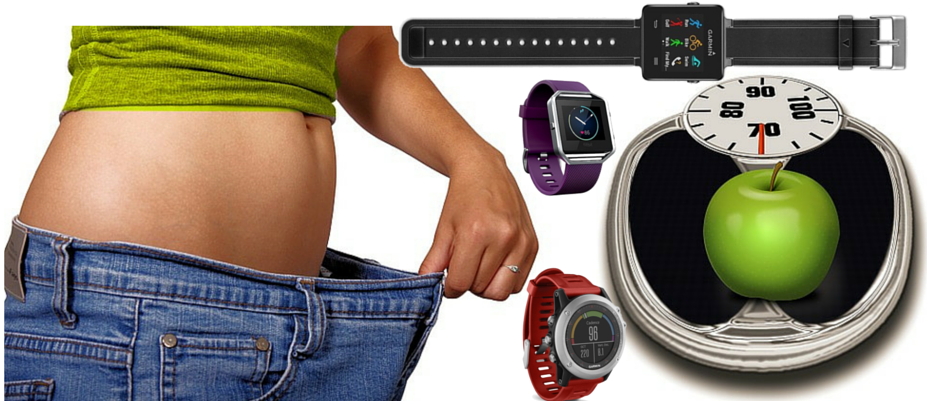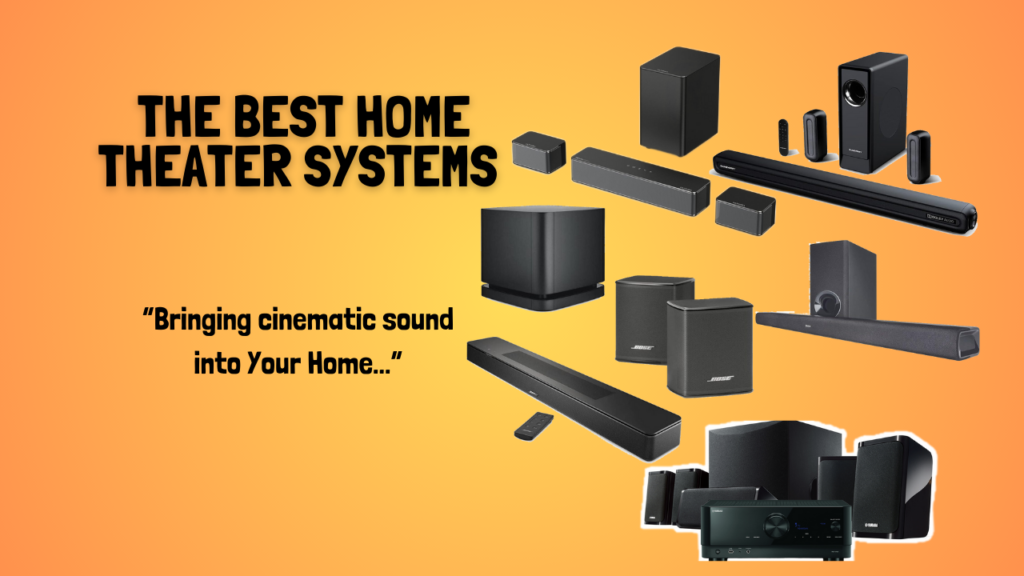Living a sedentary lifestyle is a major contributor to weight gain. In this article I want to show how the weight loss benefits with a fitness tracker. I’ve worked at a desk for most of my adult life and can attest to that. My day goes something like this: walk 10 metres from the house door to get into the car→ drive to work → walk less than a 100 metres from the car park to my desk→ spend 8 hours sat down→ walk back to car and drive back home.
As you can see, there’s not much activity within my day and last year I started to notice a decline in my fitness levels. I gained a couple of stone (about 12kgs) and even noticed that I would get out of breath going up 2 flights of stairs, something that was never a problem.
Recommended Read: Polar A360 fitness tracker review
I’ve never been scared of exercise and I remembered reading somewhere that it doesn’t matter what type of exercise you do, what matters is that you are keeping active. With that in mind, I decided to buy a fitness tracker.
Walking to improve fitness
To ease myself back into exercise, I took advantage of the good weather and decided that power walking would be a great way to get back in shape.
I live at the edge of a nature reserve so I started small and eventually worked my way up to walking 10 km, at the weekend, which would burn 1000+ calories and took me just under 1 hour 40 minutes to complete.
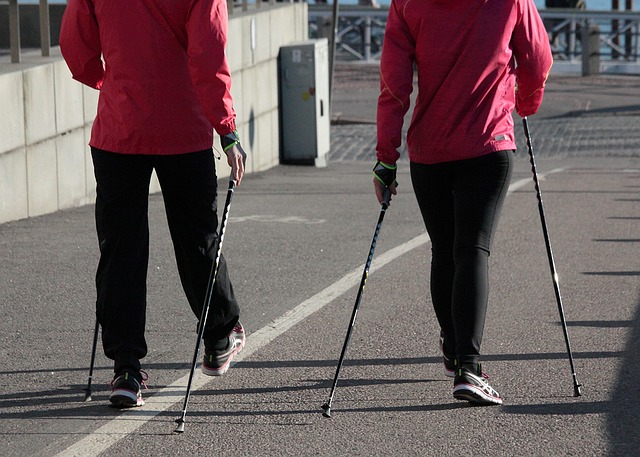
Using a fitness tracker allowed me to map my route, record my distance and track my heart rate and calories all at the same time. I have real-time data at my disposal just by glancing at my device.
This has worked wonders for my fitness and helped me lose 1 stone (6 kgs) in just 6 weeks. My belly disappeared and I could conquer 4 flights of stairs without thinking about it.
Still deciding which Tracker to get? Read: Top Ten Fitness Trackers for 2016
Motivation to exercise
My tracker monitors my fitness levels over a period of time, whether it’s one week or 3 months. I always have a snapshot of the progress I’m making which is a huge motivator and spurs me on. I don’t want to be the guy that opts for the elevator instead of stairs.
Benefits of a Fitness Tracker
- My family has a long history of diabetes so watching my weight is one of the key elements to avoiding this chronic disease. Monitoring my exercises is made easier thanks to my fitness tracker. The knock-on effect is that I’m less likely to contract diabetes and heart disease.
- It saves you money- Investing in a fitness tracker will save you money in the long-term. Regular exercise encourages you to eat less and make healthier choices. Reducing your calories intake by just 100 calories a day will save you an average of $175 per year which would cover the cost of a fitness tracker.

- Weight loss improves social interaction– staying fit gives you more energy to go outdoors, explore the world and meet people rather than staying indoors watching TV. Using my tracker to kick start the initial walking routine meant that I was happy to leave my car at home and walk instead. It has the added benefit of sneaking in an easy calorie burner whilst having fun.
- Tracking Movement– The example that I’ve given show how easy it is to kick start a fitness plan. I didn’t need an expensive gym or personal trainer. I kept things simple and started small. I’m now able to run 10 km and cycle for hours on end. The important thing is to just go out there and do something.
- Your tracker will provide you with a cumulative summary of your activities, no matter how small, these tend to build up throughout the week. Once you get going you naturally want to do more, walk an extra kilometer or cycle a bit further.
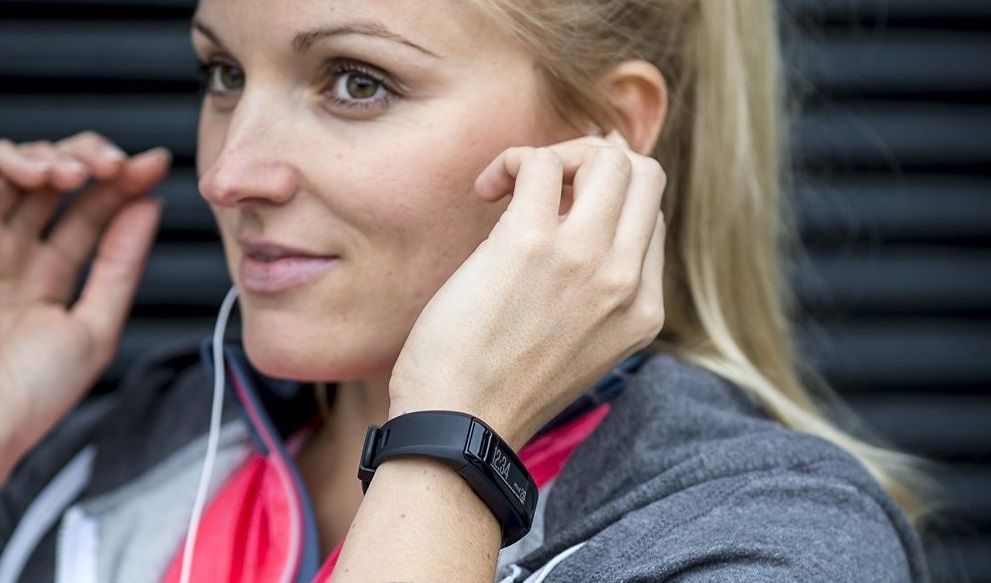
Still deciding which Tracker to get? Read: Top Ten Fitness Trackers for 2016
Your fitness tracker will help you do the following:
- Setting short-term goals, such as a weekly one, means that you achieve them in a shorter timeframe and is a great way to stay motivated and maintain focus.
- You can compare your target goal for each day and check whether you achieved it or smashed it!
- Most fitness trackers have a function that reminds you to keep active if you’ve been in one position for too long. Even if you’re stuck in the office all day, you can still take a quick walk up the stairs a few times or go out at lunchtime. It all counts!

Once you have a consistent routine, you can start tracking the intensity of your exercise by reviewing the amount of calories burnt during a workout and see if you are burning more in the same time. You can also check the time it takes to burn a certain amount of calories then aim at lessening it.
A majority of fitness trackers come with native apps with detailed analysis and charts to view on your smartphone. The apps display different aspects of your workouts such as calories used or distance covered over a week or month and workout intensity over a period of time.
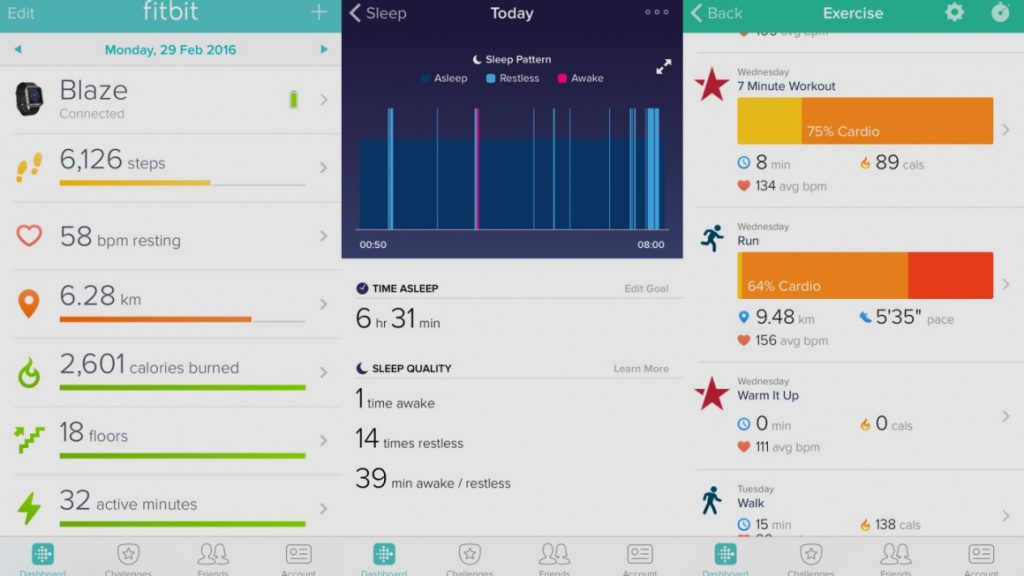
Viewing this sort of data benefits your weight loss plan by giving you a great feeling of achievement and keeping you focused.
Beyond Working Out
Our bodies are burning calories even when we’re not working out. A good example is when doing chores around the house like vacuuming, sweeping the backyard, washing the car etc. Although these aren’t classed as workouts, they are still getting your body to move and use calories. Your fitness tracker records all of this extra movement.
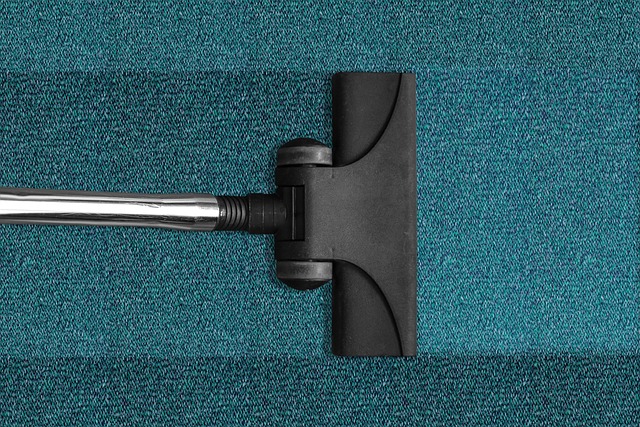
You Are What You Eat
A key contributor to weight loss is obviously what you eat. You won’t feel the benefits if you stick to a good exercise program and keep a bad diet. You can’t out train a bad diet either.
The benefit of having a fitness tracker is that you can easily log your daily food intake either directly on the app or via another app that links with your device.
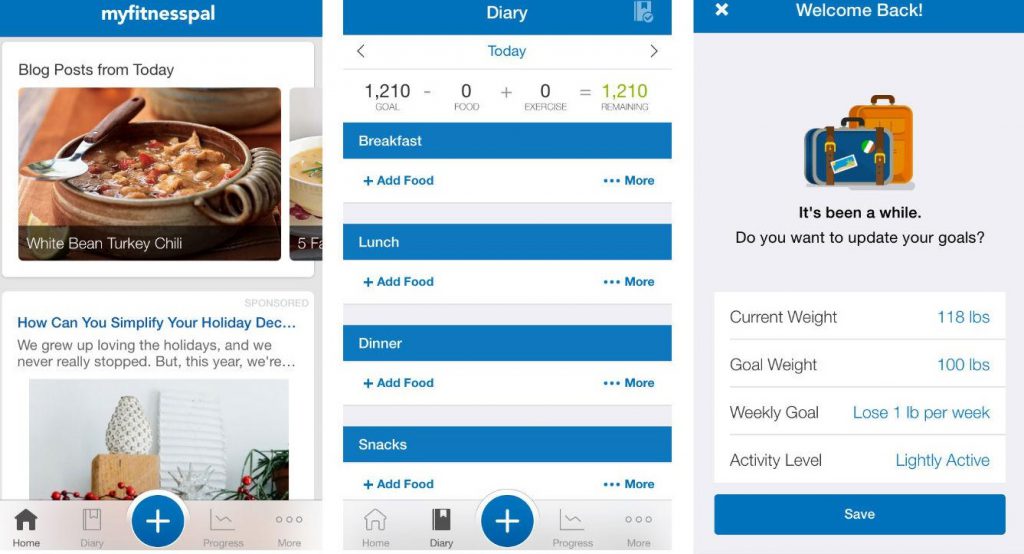
You now have the power to see the calories you are putting into your body versus the calories you are burning. You are more aware of what you are eating and stand a better chance at losing weight and keeping it off.
Still deciding which Tracker to get? Read: Top Ten Fitness Trackers

